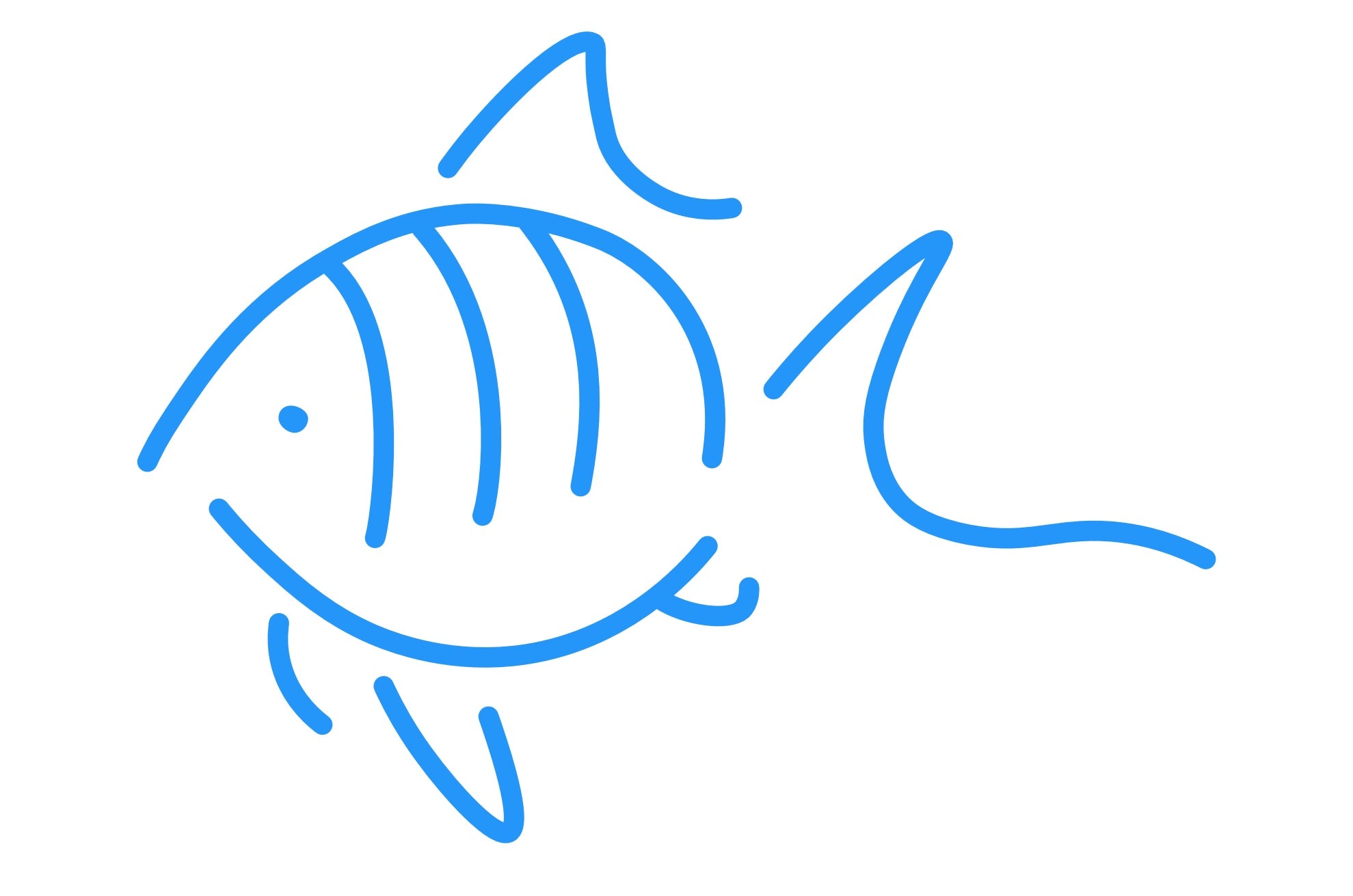Siniriutta
Multibar Angelfish (Paracentropyge multifasciata)
Multibar Angelfish (Paracentropyge multifasciata)
Couldn't load pickup availability
Delivery and return
Delivery and return
Delivery from our own warehouse within a week. You can also pick up the product from our store! If the product is not in stock immediately, we will order it from our supplier, in which case the delivery time is 1-2 weeks.
Share this product
Paracentropyge multifasciata, commonly known as the Barred angelfish, is a small angelfish. These fish have been in the Holacanthus and Centropyge genus, but are know considered a Paracentropyge by most. It's the most common Paracentropyge in the wild and in the hobby, and can easily be recognized by the 7-8 vertical dark brown/black and white alternating stripes. The brown stripes fade into the anal fin into yellow and some individuals even have this yellow colour on their bellies all the way to their mouth. Their pelvic fins are also yellow and depending on the origin some fish have faint yellow vertical stripes in the middle of the white stripe. Their dorsal spines are very pronounced and even further accentuated by the cirrhus at the end. Juveniles have an ocellus in their dorsal fin which disappears over time.
Like all other angelfish it's hermphroditic and the most dominant fish will turn into a male when there is no other male around. These fish are quite peaceful and can even be shy so barely ever pose a problem. Do watch out combining them with other dwarf angels, especially similar looking or more aggressive ones. Although dwarf angels are certainly more likely to be reef safe compared to their larger relatives and thus seen more often in reef tanks, they're always a risk. P. multifasciata is considered one of the safer options, but they can still pick on corals, especially sponges, LPS, soft corals and clam mantles. Keeping them well fed seems to reduce the risk so make sure to feed them a proper varied diet of algae and meaty foods. Feeding them is also the biggest challenge with these fish, probably because a large part of their diet in nature are sponges. This makes them only suitable for the experienced aquarist with a well established tank!
This fish is Tank Bred and because P. multifasciata from the wild are known for being hard to feed, this tank bred fish is way easier compared to a wild caught specimen!


